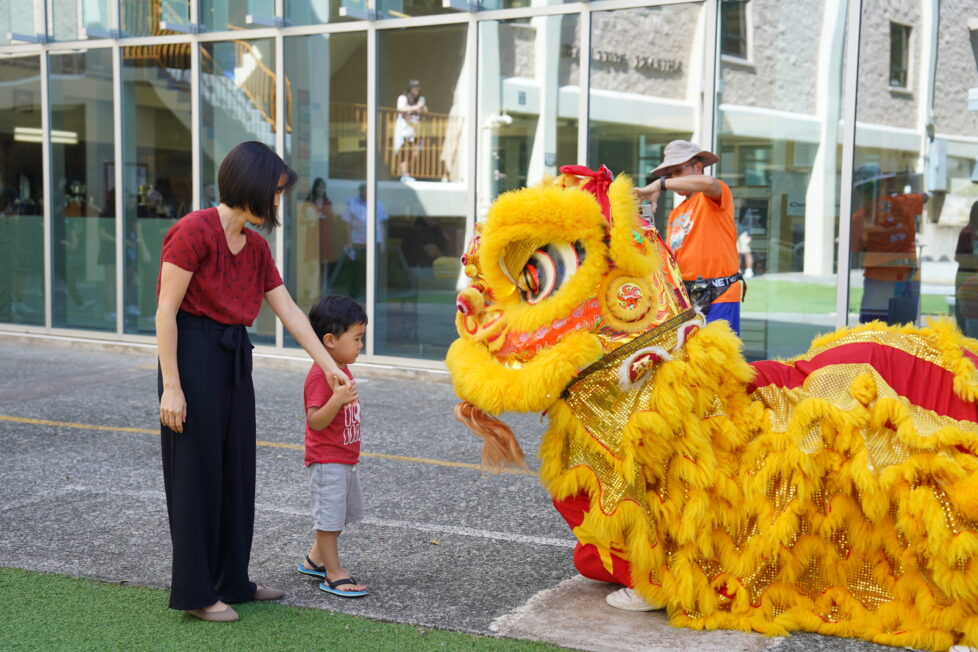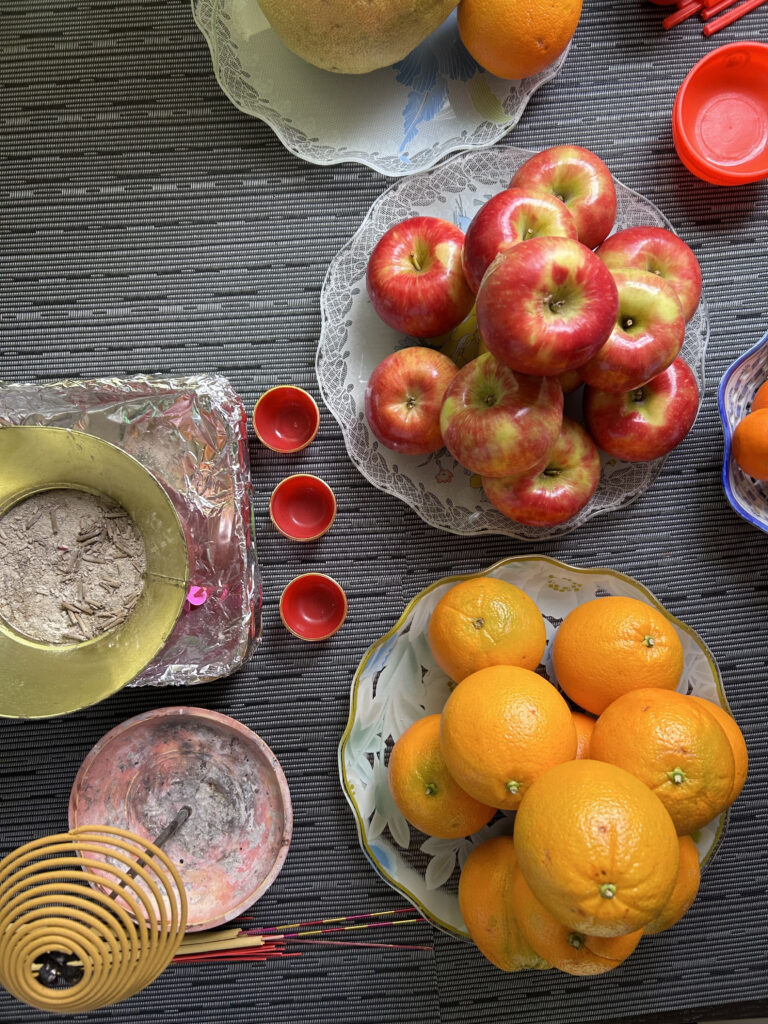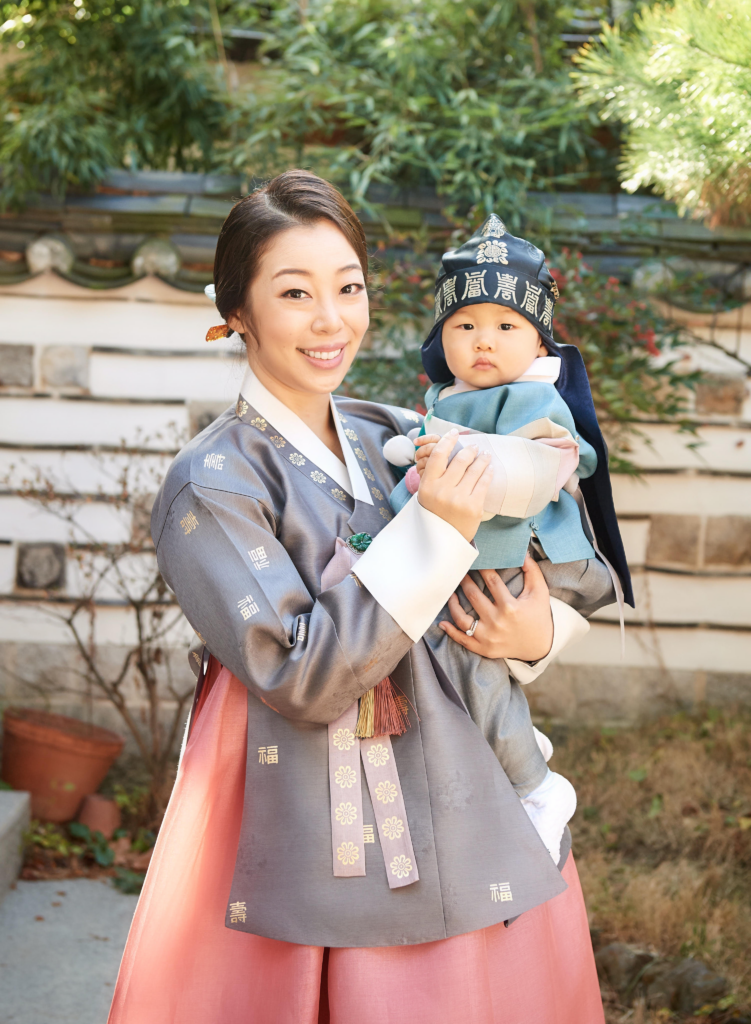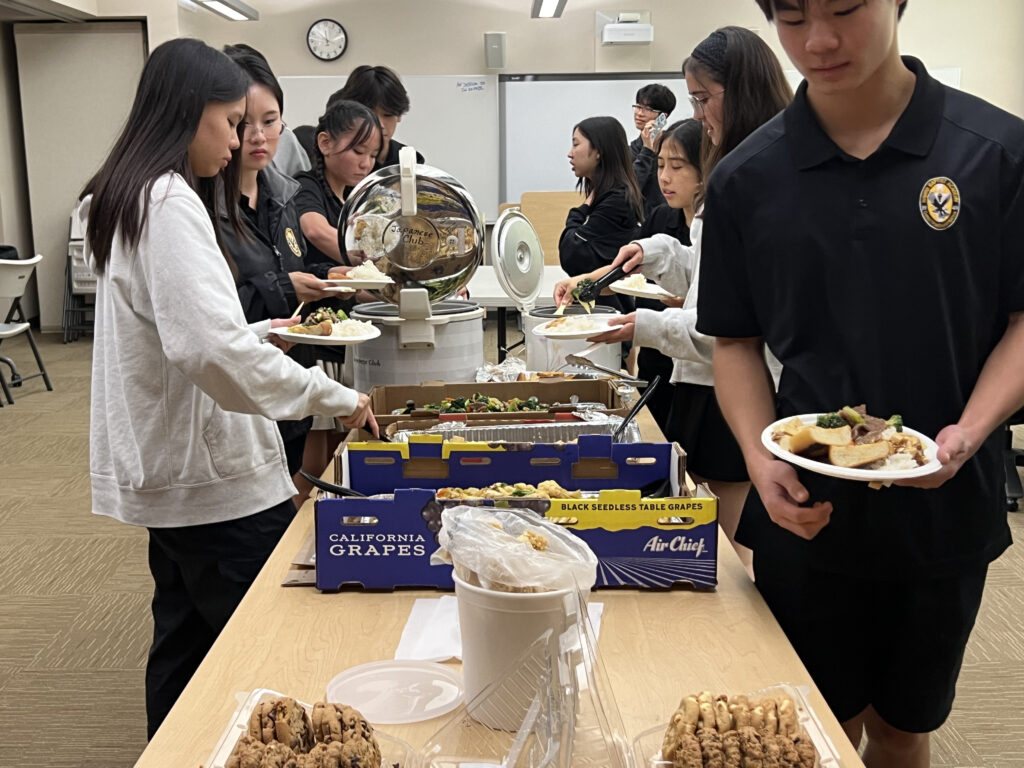Lunar New Year: Chinese, Japanese, and Korean Traditions


In China, Lunar New Year is called chun jie which means Spring Festival. The color red is prominently featured during this time, as it symbolizes good fortune. An important event that takes before the actual new year celebrations is the xiao nian, which literally means “small (new) year.” At this time, Chinese families would begin their spring cleaning and put up decorations in preparation for the coming of the new year. The lighting of red firecrackers, often heard around midnight on the Lunar New Year eve in Hawai’i, are believed to scare away evil spirits. Christy Qin, high school Chinese teacher, explained, “There is a traditional story about a monster called the nián shòu who is scared of loud noises, so people light firecrackers to scare away the evil nián shòu monster and other bad spirits.”
Another highlight of this season, especially for children, is the giving of red packets from elders to children. Qin said, “Giving red packets is a sign of respect and represents the hope that elders have for the younger generations to have better fortune and wealth for the future.” The money given in the red packets are called ya sui qian, which translates to “suppress age money.” This tradition of giving embodies the wish that parents don’t want their children to grow up too soon and leave their homes.
Some Chinese families share a vegetarian meal to start off the new year. This meal, called “jai,” usually features vegetables, mushrooms, rice noodles and tofu-based items. On the second day, families will serve nian gao (“new year cake,”) a sweet, steamed cake made from rice flour that is sliced and then pan-fried. Some families follow the tradition of not cleaning their house on the first day of the new year as the act of cleaning may “sweep away” any good fortune that has been bestowed on the house. Because of this, it is important that all the house cleaning takes place before new year’s day.

In Japanese culture, the Lunar New Year is not universally celebrated like in China. Many Japanese celebrate January 1 as their new year. Elena Yoo, high school Japanese teacher, explained, “It depends on the region and kind of a tradition their families follow. Some do celebrate in terms of food and there are certain shrines and temples that host some type of a festival [during the lunar new year.]” Those who celebrate the lunar new year enjoy winter season dishes like soba, mochi, chestnuts, and kuromame, a soft and sweet black bean dish.
The Korean Seollal celebrations depend on the households, like the Japanese. Some Korean families enjoy traditional foods that are believed to provide longer life. One of these foods is tteokguk, Korean rice cake soup. Eating tteokguk symbolizes gaining one more year of age. Koreans also dress up in their traditional hanboks, which are typically worn on special holidays or occasions. Patricia Li, HBA’s Director of Admissions, said, “Whenever there is a Korean traditional holiday, Korean people like to celebrate in their traditional clothes and play traditional games.” Yunnori is a popular Lunar New Year board game, where people throw Yut sticks to advance forward.

At the high school, HBA’s Chinese Club celebrates the Lunar New Year with a party with food ordered from a Chinese restaurant. The club also hosts a lion dance troupe at school, where students are invited to jump in as performers under the lion costume.

